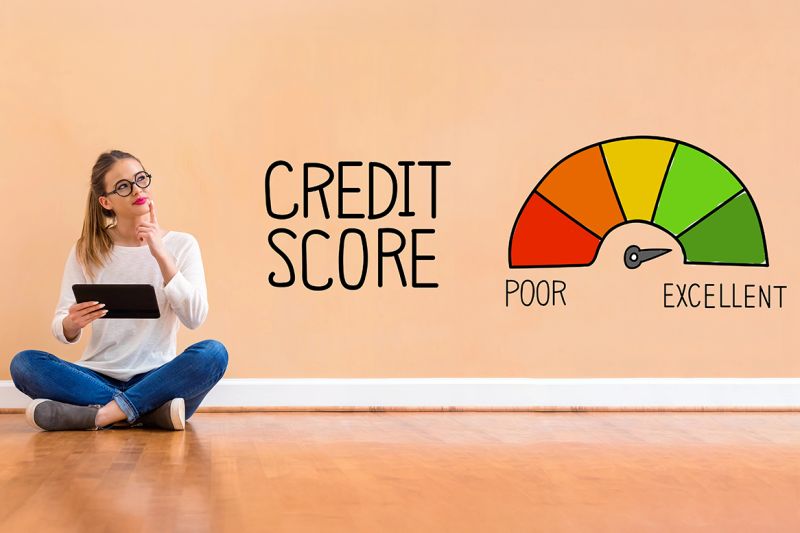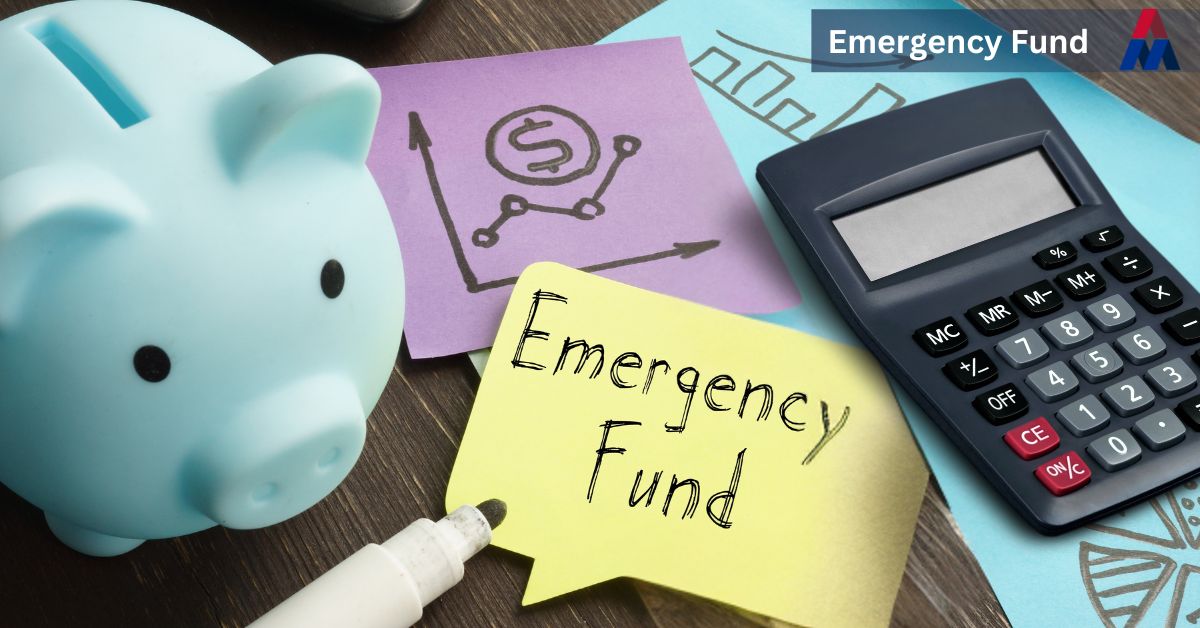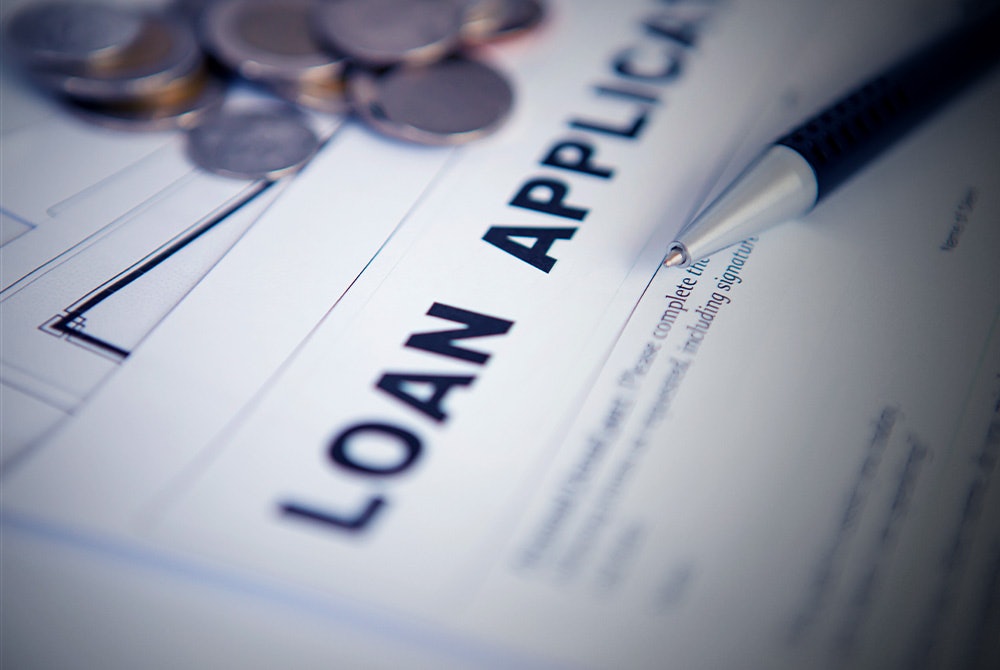Your credit score! The holy grail to unlocking lower interest rates, qualifying for credit cards or loans, renting an apartment, and even landing your dream job. With new fintech tools and more innovative strategies available in 2025, it’s easier and faster than ever to give your score a serious boost. This comprehensive, SEO-optimized guide will reveal the quickest ways to raise your credit score, share real step-by-step action plans, and showcase the most effective apps, services, and innovations to help you win at credit in 2025.
Why Your Credit Health Matters
Your credit score—most often your FICO score—affects nearly every aspect of your financial life. Good credit means:
- Receiving lower interest rates on mortgages, car loans, and credit cards
- Getting higher credit approval odds and higher limits
- Lower insurance premiums
- Better apartment and job prospects
- Easier qualifying for utilities, cell phone plans, and more
A high score will save you thousands of dollars over your lifetime, while a poor or “thin” score will lock you out of opportunities and drain your pocketbook over time.
How Credit Scores Work in 2025
Most lenders still use FICO or VantageScore models, which base your score on several factors:
- Payment History (35%): Have you paid on time?
- Amounts Owed (30%): How much of your credit limits do you use?
- Length of Credit History (15%): How old are your accounts?
- New Credit (10%): Recent inquiries and new accounts
- Credit Mix (10%): Variety of credit (cards, loans, etc.)
Lenders may also consider alternative data, such as rent, subscription, or utility payments, particularly for applicants with “thin” files.
Typical score ranges:
- Excellent: 800+
- Very Good: 740–799
- Good: 670–739
- Fair: 580–669
- Poor: below 580
Top Reasons Scores Drop (and Fast Fixes)
Before you can raise your score, it helps to know what’s dragging it down!
1. Missed or Late Payments
Late payments hurt your score the most. Paying just one bill 30+ days late can drop your score by 60–100 points.
Fix: Set up auto-pay or reminders for every account. Contact creditors immediately if you’ve missed a payment—many will forgive a first offense if you ask.
2. High Credit Utilization
Using more than 30% of your card limits sends up red flags.
Fix: Pay down balances, ask for higher credit limits, or shift balances to keep utilization low.
3. Derogatory Marks
Collections, charge-offs, foreclosures, or bankruptcies are major setbacks.
Fix: Pay off or resolve negative accounts, then dispute errors or negotiate with creditors.
4. Too Many Hard Inquiries
Applying for several new credit lines in a short span can ding your score.
Fix: Only apply for new accounts when necessary. “Rate shopping” for a car or mortgage is counted as a single inquiry if done within a short window (usually 14–45 days).
5. Not Enough Credit History
A short or thin credit file makes it difficult to assess your financial behavior accurately.
Fix: Use credit builder tools/apps and see if a friend or family member who has good credit will allow you to become an authorized user on their credit card accounts.
Quickest Ways to Boost Your Credit Score
If you want results in days or weeks (not years!), focus on these essentials:
1. Pay Down Credit Card Balances (Utilization Hack)
To calculate your credit utilization ratio, divide your total outstanding loan and credit card balances by your total available credit limit. It is vital to keep the resulting ratio (your credit usage) under 30%. If you want a significant performance boost, aim to keep it under 10%.
Example:
If you have $5,000 in limits, keep usage under $1,500.
If you’re over, make extra payments—even just before your statement date—to show a lower balance is reported to bureaus. Some apps (see below) even “nudge” you to pay strategically.
2. Dispute and Remove Credit Report Errors
Check all three reports (Experian, Equifax, TransUnion) for:
- Incorrect late payments
- Collections you’ve paid (still showing as delinquent)
- Accounts that aren’t yours
Many consumers encounter errors, but removing a wrongful collection or late mark can significantly boost their score by 20–100 points in just a few weeks.
How:
File disputes online via AnnualCreditReport.com or directly with bureaus. Use photo/upload proof or creditor letters.
3. Ask for a Credit Line Increase
Contact your card issuer online or by phone to request a limit raise—without a hard inquiry, if possible. This instantly lowers your utilization, raising your score.
4. Become an Authorized User
A parent, spouse, or trusted friend with a longtime card can add you as an authorized user. Their credit history “piggybacks” onto your report—if they use the card responsibly.
5. Resolve Collections or Negotiate Pay-For-Delete
If you have accounts in collections, contact the agency to pay off the debt in exchange for them removing the account from your report (“pay for delete”). Not all agencies agree, but it’s worth trying.
6. Open a Credit Builder Loan or Secured Card
Lenders like Self, Chime, or your local credit union offer small “credit builder” loans—an installment account paid each month, with positive reports to all bureaus.
Secured cards require a deposit, but work just like credit for reporting. Use monthly and pay in full!
7. Add Alternative Data
New tools enable you to add rental history, utility, or subscription payments directly to your credit file. Services like Experian Boost or Kikoff can add months or years of positive history.
2025’s Top Tools & Apps for Fast Credit Improvements
These new and updated platforms make boosting your score faster and smarter:
1. Experian Boost
Link your bank accounts to earn credit for making on-time utility, streaming, and rent payments. Boost is free and works instantly for most users.
- Results: The average user sees a 13-point FICO jump in a few minutes…sometimes much more!
2. Self Credit Builder
Take out a small installment loan “for yourself”—your payments are deposited into a savings account and reported monthly. At the end, you get your savings (minus fees) and have months of positive credit history.
- Results: Many see a 20–60 point increase within 6–12 months.
3. Kikoff
For a few dollars per month, get a revolving line of credit reporting to bureaus. Buy inexpensive digital goods (like financial courses) and pay off immediately to gain a positive history.
4. Credit Karma & NerdWallet Apps
Both now include:
- Free credit monitoring and alerts
- Tailored advice on how to raise your score
- Simulations (“if I pay this off, score changes by X points”)
- Error detection and dispute submission tools
5. Grow Credit
Use their virtual card to pay for subscriptions (Netflix, Spotify, Hulu). Each payment is reported to bureaus as positive history.
6. UltraFICO & New Lender Integrations
UltraFICO can factor in your banking history (balances, overdraft frequency, savings) to “upgrade” your score, even if your credit history is short.
7. Rental Kharma & RentReporters
Report on-time rent payments each month to bureaus through these apps, building a positive “trade line” without traditional debt.
Smart Habits to Maintain a High Score
Temporary boosts get you in the door; long-term habits keep you high and rising.
- Pay On Time—Every Time: Use automation and reminders.
- Keep Old Accounts Open: Length of credit history is valuable.
- Limit Applications: Space out new credit pulls.
- Monitor Your Reports Regularly: Use free tools to spot errors or fraud.
- Diversify Credit: Having both installment loans and revolving cards can help.
Frequently Asked Questions
How quickly can I impact my credit score?
Paydowns, credit increases, and error removals are reflected on your credit report in as little as 30 days. Other changes (e.g., the addition of new accounts) may take 3–6 months to show up.
Will checking my own score hurt my credit?
No. Checking your own score will not impact your credit score, as it is seen as a “soft” inquiry. You can check your score as many times as you want.
How much can one late payment hurt?
You might be surprised to learn that a single 30-day late payment can have a dramatic impact on your score. In some cases, your score can drop by 60–100 points. The effect of this single late payment will lessen over time, but will still be visible and effective for 1–2 years. So don’t miss any payments.
Is it better to pay off my cards in full or just make the minimum payment?
Always pay in full if possible. Carrying balances doesn’t “help” your score; it costs you in interest and hurts utilization.
What score will I need for the best rates in 2025?
Aim for 670+ for good loan or card offers; 740+ for the best APRs.
Conclusion: Start Your Credit Comeback Today!
Boosting your credit score quickly, especially with the help of 2025’s best tools, is within everyone’s reach.
- Pay down card balances smartly
- Check and correct errors
- Try score-boosting apps for rent, utility, or streaming payment history
- Use new installment or builder accounts to add positives
- Practice flawless payment habits from now on!
Every improvement you make to your payment habits opens doors to better rates, savings, and opportunities. So start today—track your progress, celebrate every milestone, and share your questions or wins in the comments below!
Ready for your next financial breakthrough? Bookmark this guide, come back for updates, and take smart action today!



